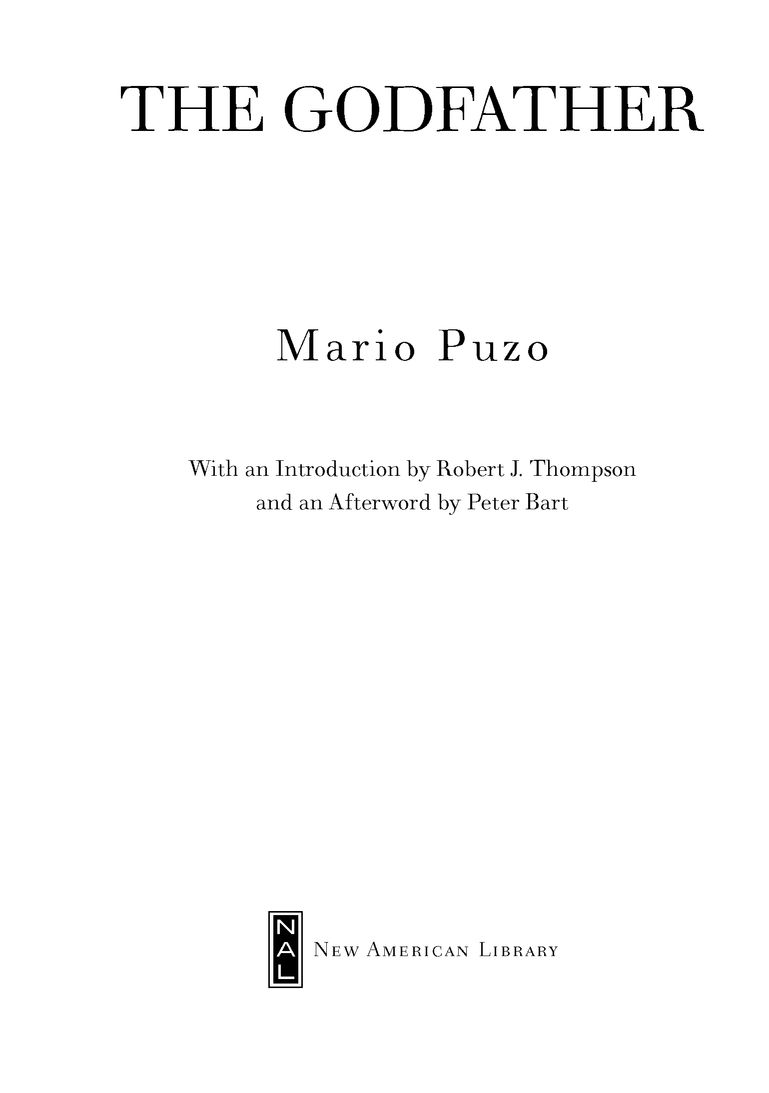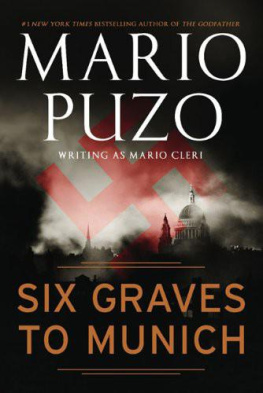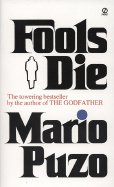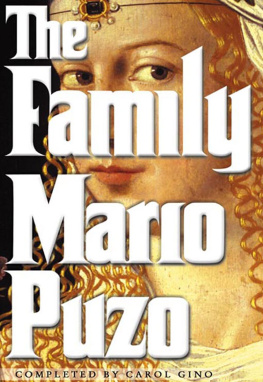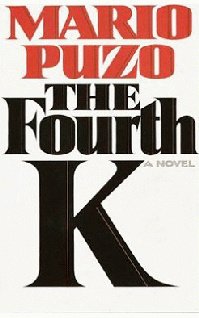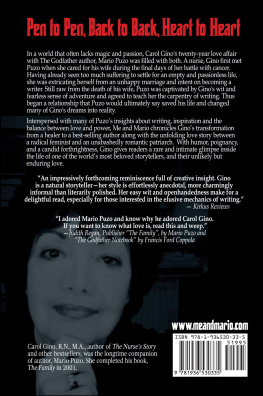Table of Contents
NEW AMERICAN LIBRARY
ESSENTIAL EDITIONS
THE GODFATHER
The son of Italian immigrants who moved to the Hells Kitchen area of New York City, MARIO PUZO was born on October 15, 1920. After World War II, during which he served as a U.S. Army corporal, he attended City College of New York on the G.I. Bill and worked as a freelance writer. During this period he wrote his first two novels, The Dark Arena (1955) and The Fortunate Pilgrim (1965).
When his books made little money despite being critically acclaimed, he vowed to write a bestseller. The Godfather (1969) was an enormous success. He collaborated with director Francis Ford Coppola on the screenplays for all three Godfather movies and won Academy Awards for both The Godfather (1972) and The Godfather, Part II (1974). He also collaborated on the scripts for such films as Superman (1978), Superman II (1981), and The Cotton Club (1984).
He continued to write phenomenally successful novels, including Fools Die (1978), The Sicilian (1984), The Fourth K (1991), and The Last Don (1996).
Mario Puzo died on July 2, 1999. His final novel, Omerta, was published in 2000.
ROBERTJ. THOMPSON is the founding director of the Center for Study of Popular Television at Syracuse University, where he is also the Trustee Professor of Media and Popular Culture at the S. I. Newhouse School of Public Communications. A past president of the national Popular Culture Association, he lectures across the country on the subjects of television and popular culture.
Hundreds of radio and TV programs and publications have featured Professor Thompsons commentary, and Thompson is the author or editor of five books: Televisions Second Golden Age (Continuum, 1996), Prime Time, Prime Movers (Little, Brown, 1992), Adventures on Prime Time (Praeger, 1990), Making Television (Praeger, 1990), and Television Studies (Praeger, 1989). He is currently working on a history of television.
PETER BART has been editor in chief of Variety since 1989.
He spent ten years as a staff reporter for The Wall Street Journal and The New York Times before entering the motion picture industry. He joined Paramount Pictures in 1967. There he played a key role in developing and supervising such influential films as The Godfather, Paper Moon, Harold and Maude, True Grit, and Rosemarys Baby. In 1977 he became president of Lorimar Films, where he fostered Being There and The Postman Always Rings Twice. He has also published five books. Who Killed Hollywood? is his most recent title.
Bart was educated at Swarthmore College and the London School of Economics. He resides in Los Angeles with his wife, Leslie Bart.
Introduction
by Robert J. Thompson
AT THE END of the 1960s, the Western was still the dominant American epic. The myth of the birth of a nation, settlers plowing from sea to shining sea behind the engine of manifest destiny, had captured our national imagination for a century. From the opening of the frontier after the Civil War, through the brief but golden age of the cowboy, to the Wild West shows of Buffalo Bill, the myth of the West was being created as it was being lived. Then, just as the frontier was closing, Hollywood was repackaging the age of Western expansion for consumption by citizens of a new century. The Great Train Robbery, one of the first movie narratives, was a Western. If the Greeks had the Iliad and the Odyssey; if the Romans had the Aeneid; if the Jews had the Hebrew scriptures, the United States had Wyatt Earp and John Wayne.
All of that has changed. The Western has been replaced by the mob story as the central epic of America. By exchanging the geographical frontier for the urban frontier and by embodying themes of the great immigrant narratives, the mobster, it might be argued, has taken the place of the Western hero in the American heart. The Sopranos currently reigns as one of the most critically acclaimed television series in the history of the medium, and a handful of mob movies remain among the most celebrated films in all of American cinema. It took a product of enormous cultural power to effect this change. In this case it was a novel which, in its resonance and influence, rivals other popular novels, such as Uncle Toms Cabin and Gone With the Wind. The provenance of the new American myth can be traced to the publication of The Godfather.
The story you are holding was first published in 1969, which was, as you may know, a very interesting year. U.S. bombing raids in Vietnam reached their highest level yet, but the war was going poorly. Doubts about the moral legitimacy of that war were exacerbated by late-year reports that 450 villagers had been massacred in 1968 by an American infantry unit in My Lai, but Vice President Spiro Agnew was calling protesters of the war an effete corps of impudent snobs. The Woodstock Festival celebrated peace and love, while at Altamont Raceway the Rolling Stones concert ended in murder and mayhem. A police raid of New York Citys Stonewall Bar launched a new era of gay rights activism; U.S. senator Edward Kennedy fled the scene of a fatal car accident; and two men set foot on the moon. In short, The Godfather arrived in American bookstores during an exciting cultural revolution and in the middle of a big, fat national mess.
The whole myth of America was up for grabs. Old-fashioned Westerns like Gunsmoke and Bonanza were still among the five highest-rated shows on network television, but the countercultural Rowan & Martins Laugh-In was number one. The Western, in fact, was looking pretty long in the tooth. New cultural, social, and political movements were questioning the interpretations of American history, so many of which were embodied in the Western genre. The civil rights movement introduced the idea that manifest destiny was a holocaust inflicted by European settlers on Native Americans. The womens movement made the macho ethic of the West seem grossly archaic. The war in Vietnam challenged the validity of the militaristic methods by which the West was won. American leaders like President Nixon were being openly challenged, and lawmen, like the Chicago police at the 1968 Democratic Convention, were no longer always considered the good guys.
Four popular movies of 1969 revealed the degree to which the great American narrative was being contested. Butch Cassidy and the Sundance Kid, the biggest hit of the year, celebrated a pair of charming Western outlaws. Sam Peckinpahs artsy The Wild Bunch also featured outlaws in a story, set in 1913, that essentially pronounced dead the myth of the West. Midnight Cowboy, which won the Oscar for best picture that year and was third in box office receipts, appropriated the name and the hat of the cowboy in an X-rated film set in New York City about a male prostitute. And the protagonists in Easy Rider were a couple of counterculture cowboys who rode hogs instead of horses and did drugs instead of driving dogies. Even True Grit, a more traditional Western, featured John Wayne as an over-the-hill marshal. The Western form was still very much alive in 1969, but it was being transformed almost beyond recognition.


